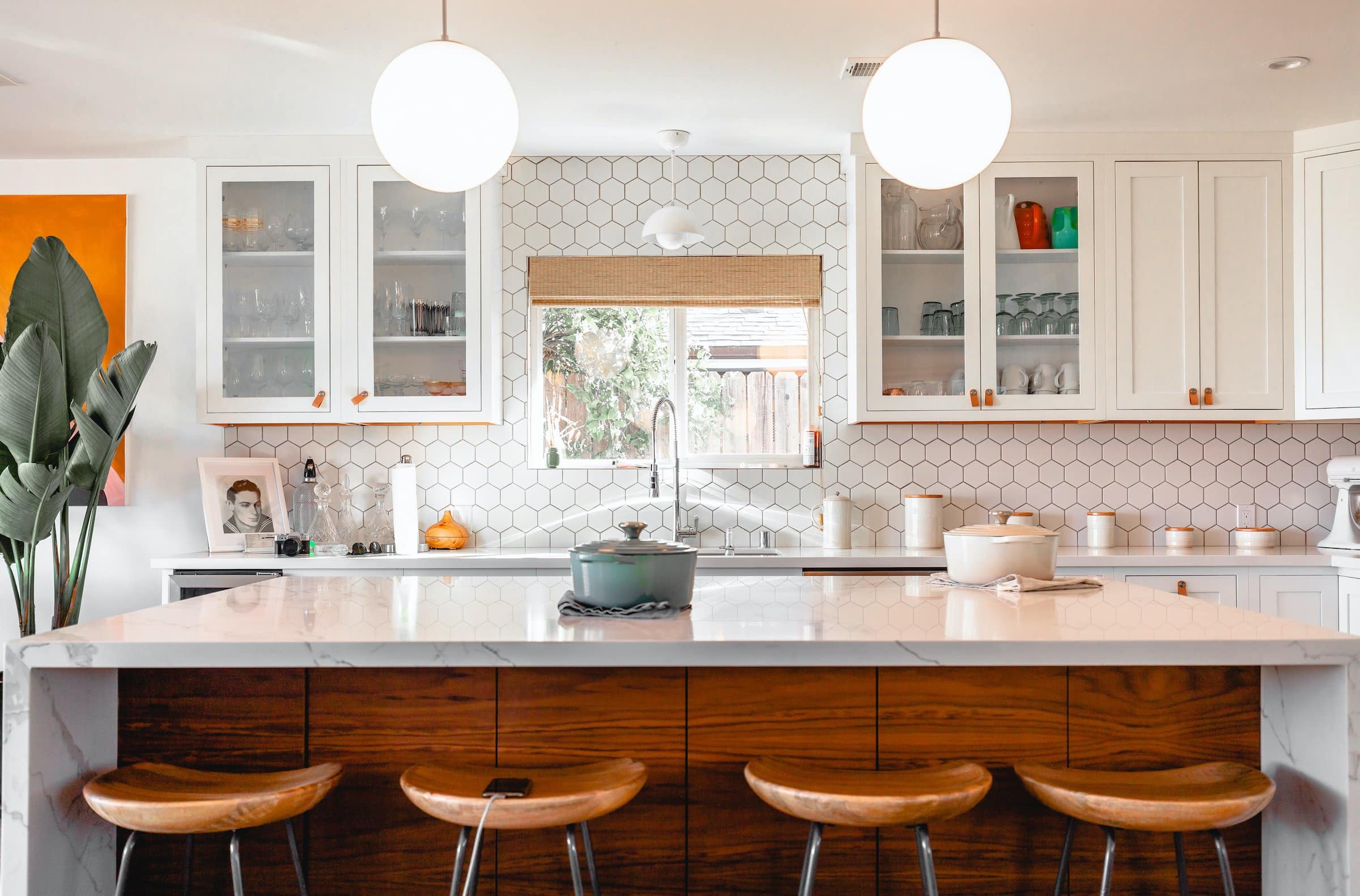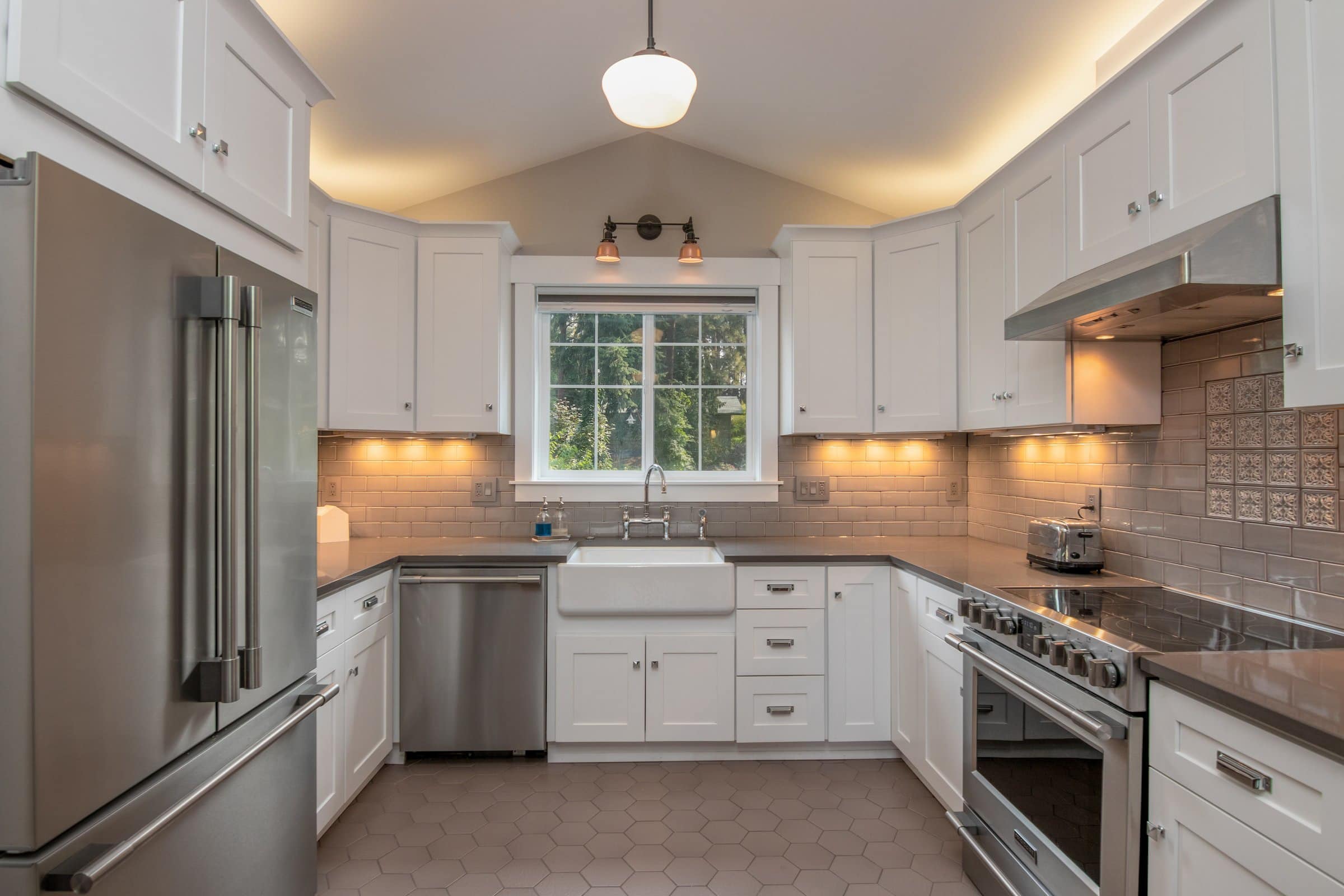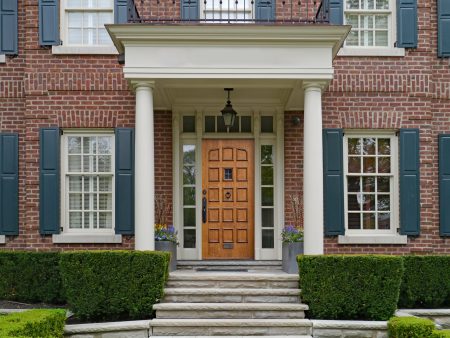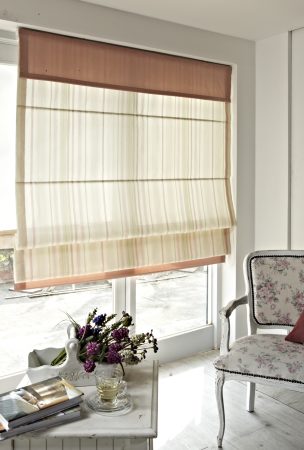Should a Backsplash Go Around a Window?
There’s a reason why the idea of a kitchen backsplash has gained popularity in recent years. They’re an essential component in protecting the area around your countertops, where the majority of the culinary action takes place.
However, installing a kitchen backsplash requires more thought and planning than it appears, and there are several factors you need to consider. One of the most common concerns among homeowners is how to incorporate window space into a backsplash design.
Should the backsplash end at the window frame? Should it be raised all the way to the ceiling above the window? Is it a good idea to have the backsplash go all the way around the window?
The general consensus is that encircling the window with a kitchen backsplash has quite a few advantages. Continue reading to find out why.
It Gives the Illusion of Space

Having a backsplash design stop abruptly around the window frame gives it an unfinished look. It not only highlights poor planning but also makes the kitchen appear smaller than it is.
A backsplash wall that runs continuously around the window creates a finished, cohesive space that appears to widen the kitchen area. Windows allow light and create a sense of space. A window wrapped in a backsplash wall adds to this sense of openness.
It Elevates the Aesthetic Quotient

You’ll have to agree that a well-enclosed backsplash around a window makes a kitchen look much more appealing than one without it. Without one, a window will stick out like a sore thumb in your kitchen space and attract unwanted attention.
A window forms a key focal point in the kitchen and serves as a sort of visual centerpiece. When the theme in this area matches the theme in the rest of the kitchen, there is a sense of uniformity that elevates the kitchen’s aesthetics.
It Offers Protection Against Water Damage
This is an important consideration that will ultimately influence your decision to install a backsplash around the window. A sink, a cooker hob, or a prep area are common features of the workspace beneath the window. As these areas bear the brunt of the kitchen’s activity, a considerable amount of backsplash is guaranteed.
Mold could grow on the walls as a result of the steam from cooking, or constant water splashes from the sink could cause extensive damage. As a result, leaving the area around the window exposed is a risky proposition.
A backsplash around the window is a surefire way to conceal the drywall and protect your walls from water damage or any other mess.
Even if there is a strip of drywall exposed between the cabinets and the window above the sink, you should cover it with backsplash tiles as a precaution.
It Allows for Flexibility in Kitchen Design
A backsplash-protected window area allows you to use it in a variety of ways. You can make the most of the window by installing a kitchen sink in this area. It could also be ideal for positioning a cooker hob or stove.
Some of the main activities in the kitchen can then be done near the window, giving you a nice view of the outside while you finish your chores.
Additional Points About Backsplash Tiling Around Windows
Now that we’ve established the advantages of having a backsplash around a kitchen window, let’s discuss a few things to keep in mind while tiling this space.
Choose the tiling material mindfully
There are a variety of tiling options available these days, ranging from basic to more upscale materials such as marble, stone, and even glass. The best tile for your kitchen will depend not only on your personal preferences, but also on the amount of space available, the overall design theme, and how easy or difficult it is to install.
Ceramic tiles, for example, are a simple yet long-lasting option for smaller kitchens. They are also less expensive than porcelain or marble tiles.
Tiling direction
Proper planning can result in neater, more even tiling around the window. It’s best to start tiling from the bottom of the window and work your way up on either side, then move up, and finally all the way down.
If you do not intend to tile all the way around the window, start at the bottom and work your way up on either side of the window frame.
Height considerations
The standard tiling height is usually about 4 inches above the countertop. This method is also cost-effective.
Some homeowners may prefer a full-height tiling style that extends from the countertop to the upper cabinetry or even the ceiling. This creates a dramatic effect in the kitchen, making the window the focal point. Of course, this increases labor and material costs, so do keep that in mind.
When choosing tiling that extends to the cabinetry, make sure the tiling ends exactly at the bottom of the upper cabinets. If it is extended further, the tiling may appear awkward and unplanned.
Using Windows as a Backsplash
A recent trend encourages the use of windows as an organic backsplash. A window lets in natural light while also acting as a source of ventilation. So, by extending the window upwards or widening its frame, you can optimize these features while also giving your kitchen a fashionable look.
Final Thoughts
When planning a kitchen remodel or design, a backsplash around a window may not be the first thing that comes to mind. However, incorporating this into your kitchen design will serve you well in the long term. Protection from water damage and unnecessary splatters are its clear benefits, but its aesthetic advantages are pretty great too! Ultimately, it will help build a kitchen space with character and personality—benefits you can always get behind!












